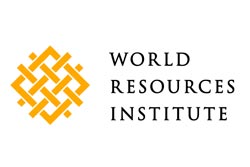Cycling-inclusive urban planning is attracting worldwide attention as cycling has demonstrated its potential for contributing to resolving not only mobility but also diverse issues of social concern (health and physical activity, urban congestion and pollution), amidst the challenges of global warming and the need to define more equitable ways of organizing urban systems, to mitigate the impacts of segregation, discrimination and other factors contributing to exclusion and vulnerability.
In recent years these converging interests, which involve academics, politicians and planners, private sector actors and citizens as individuals and as organized groups (civil society), have stimulated a growing body of experience and substantial evidence on what measures may contribute the most to progress. Today, we know a great deal about the elements that make a city more sustainable. We know less, however, about the processes whereby cities, regions and countries move forward effectively. Applying specific measures often involves contextual factors that are less understood, particularly those arising from local cultures that reflect professional skills and user behaviour, and the institutional arrangements that define their interactions.
In this paper, we examine the experience and results from a project conducted by a university team that partnered with an advanced citizen group in Santiago, Chile, as part of a key phase in a multi-year process of change. Interest arose in response to local advocacy and was significantly mobilized through a three-year collaborative planning process led by the regional government and citizens’ groups, with technical assistance from Dutch experts. The experience discussed here reveals that it was the ongoing iterations between different kinds of technical and non-technical actors and the resulting blend of urban expertise that drove the process forward, leading to systemic changes in both planning and city spheres.











